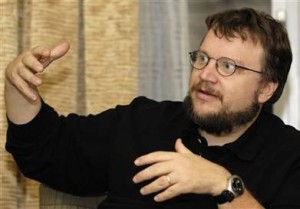In the tradition of a generation of bloggers, I will now depart on a long-winded discussion of some of my hobbies.
I love book hunting! There are two thrift stores right off campus and both of them sell softcovers for fifty cents a piece! It’s really the thrill of the hunt that I love the most, digging through dusty piles of outdated computer manuals, crummy romance fiction, and hundreds of worn copies of Clancy, Crichton, Grisham, Ludlum, Koontz, and King. On a shelf of hundreds of books there may only be one I want, but finding it is half the fun!
I went book hunting today and brought back five treasures for two dollars and fifty cents! Brave New World, Howard’s End, Cormac McCarthy’s The Crossing, Tennyson’s Idylls of the King, and The Inheritors by William Golding, who also wrote Lord of the Flies. I started reading The Inheritors, which is about cavemen facing new, more human rivals. Definitely against my worldview, but Golding’s portrayal of darkened humanity seeking light is beautiful.

I was to the third chapter at Starbucks, drinking a free drink, when a furious thunder shower hit. I stayed longer than I wanted to, till the storm blew over, then walked to CVS to pick up a battery for my recently acquired $10 camera.

My Suprema has been kind of a pain lately. I like the image it produces, but its tiny and useless LCD screen sucks up all the battery life. The battery died after only a few uses and I discovered at CVS that buying a new one would cost me more than half of what the camera is worth! While I was trying to think of a solution to my dilemma my eyes fell on a little Vivitar mini digital camera the store was selling, the exact model I had years ago that I loved so much. $9, no dumb battery-sucking features, a sturdier design, and it runs ten times longer on a cheap triple A!
I’m sad to say that I purchased it, and that my little blue Suprema is being retired. I miss you already little guy . . . NOT! Here are some test pics I’ve shot already. A little blurrier and more pixelated, but I can live with it.





















